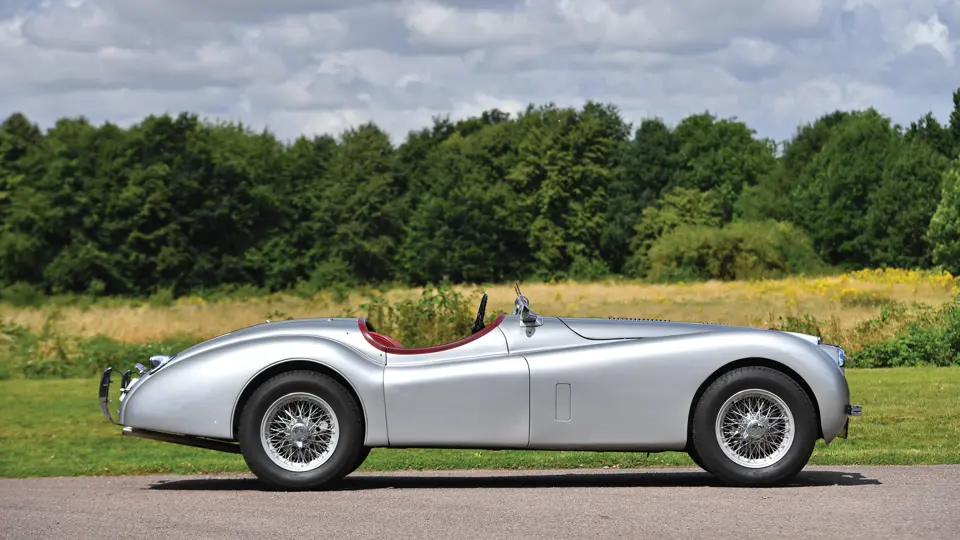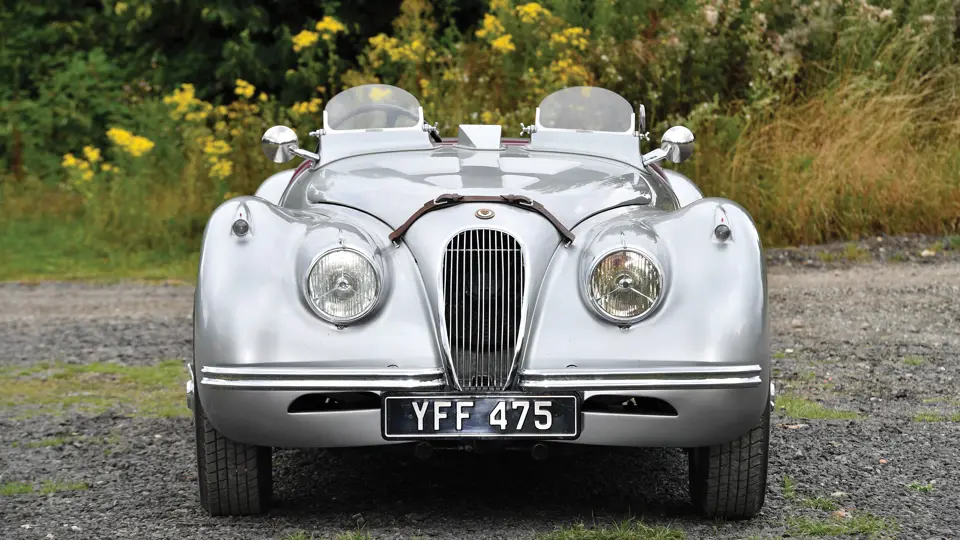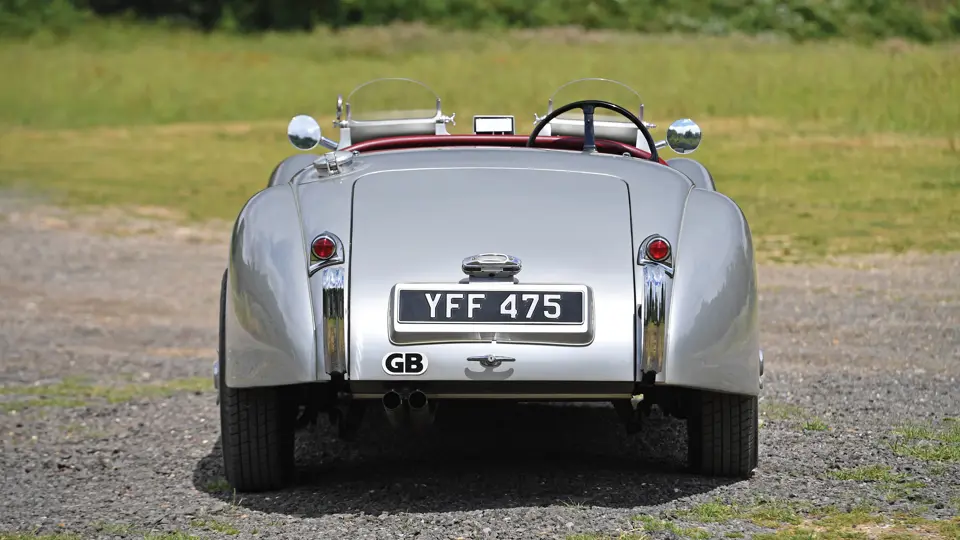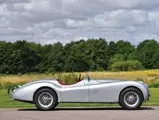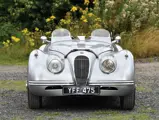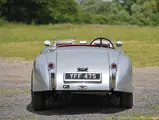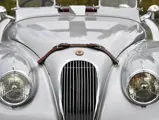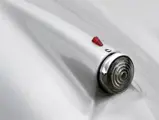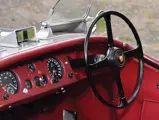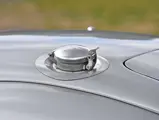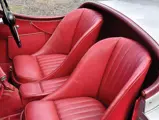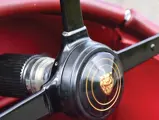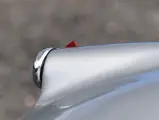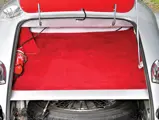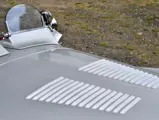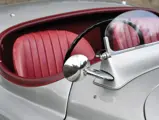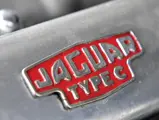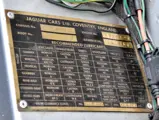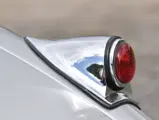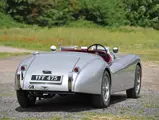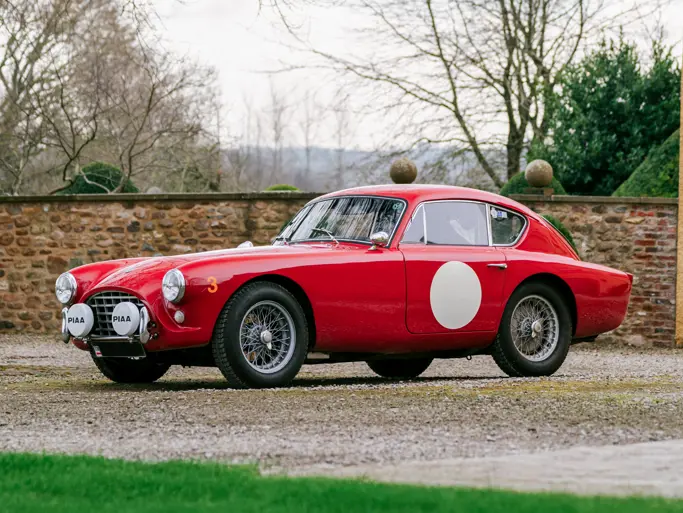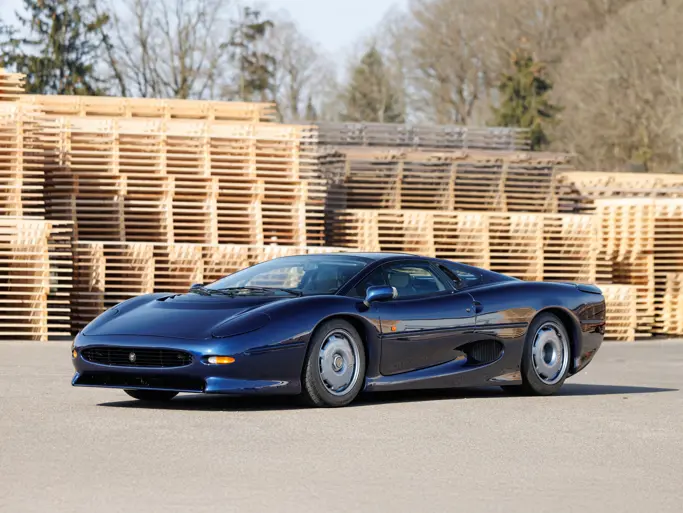210 hp, 3,442 cc DOHC inline six-cylinder engine with twin SU H8 carburettors, five-speed manual transmission, independent front suspension with coil springs, double wishbones, and anti-roll bar; rigid rear axle telescopic dampers; and four-wheel disc brakes. Wheelbase: 2,591 mm
Jaguar’s XK 120 is surely one of the most influential and important automotive designs of the post-war era. When it was launched in 1948, its design and performance launched sports car design into the modern era. In 1949, the car’s place in automotive history was secured when the XK 120 was officially declared the fastest production car in the world following its run at Jabbeke in Belgium. Subsequently, the model had an illustrious career in diverse competition environments; from Le Mans to the Targa Florio, and from the Mille Miglia to the Alpine Rally, it proved itself to be fast, reliable, and versatile in every field of competition.
With such a celebrated competition history, the XK 120 has found its way into many great collections across the world, and numerous enthusiasts have sought to adjust the characteristics of their car in order to fully enjoy and exploit the XK 120’s full potential. In addition, a number of specialized businesses have developed to service these needs. The story of chassis number S 673219, offered here, is a prime example of the ambition to create a high-performance XK 120 in the mould of its competition forebears.
Chassis number S 673219 was delivered new to North America via the United States distributor Charles Hornburg, in Birch Grey with a Biscuit and Red interior. By the 1990s, the car had returned to the United Kingdom in the hands of well-known Jaguar specialist Guy Broad. Subsequently, the Jaguar became the basis of a well-recorded restoration, with the aim of creating a usable, high-performance XK 120, ideally suited to both regular and very fast road use. An XK 140 engine topped with the desirable C-type heads was chosen to be at the very heart of this transformation. This high-performance engine was mated to a Getrag five-speed gearbox to allow for comfortable touring and transitioning power through a 4.09:1 rear axle. Disc brakes were added at all four wheels, along with classic chrome Borrani wire wheels. Suspension work included fitting the desirable Harvey Bailey handling kit, as well as telescopic dampers to the rear suspension. A louvered bonnet was added, along with small, competition-specification windscreens, to complement the car’s sporting credentials.
Since the build’s completion, it has remained in the United Kingdom and was purchased from Guy Broad by Peter Brennan. It remained with Brennan until 1999, when it was purchased by Timothy Singleton, who had the car maintained by world-renowned specialists JD Classics. In 2004, the car was treated to an engine rebuild by incorporating a number of their XK engine modifications and upgrades.
Edward Carter acquired the car in 2010 via JD Classics and immediately set about investing in the car to ensure that it met with his own exacting standards. Shortly after his purchase, he fitted the car with bucket seats, re-trimmed the interior in its current maroon leather, and fitted halogen headlight bulbs for improved driving visibility. As with all the cars in Mr Carter’s collection, this XK 120 has been maintained regardless of cost, with nearly £60,000 of invoices for maintenance and enhancements accompanying the vehicle.
An XK 120 is a must have for every car collector. This beautifully executed and tastefully updated example would make the perfect addition to any collection that regards the joy of motoring as its highest priority.

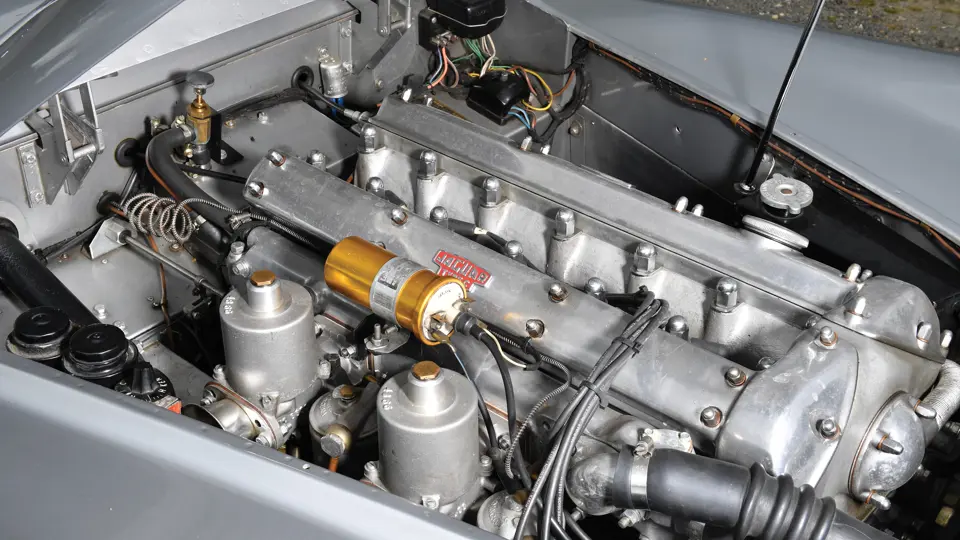


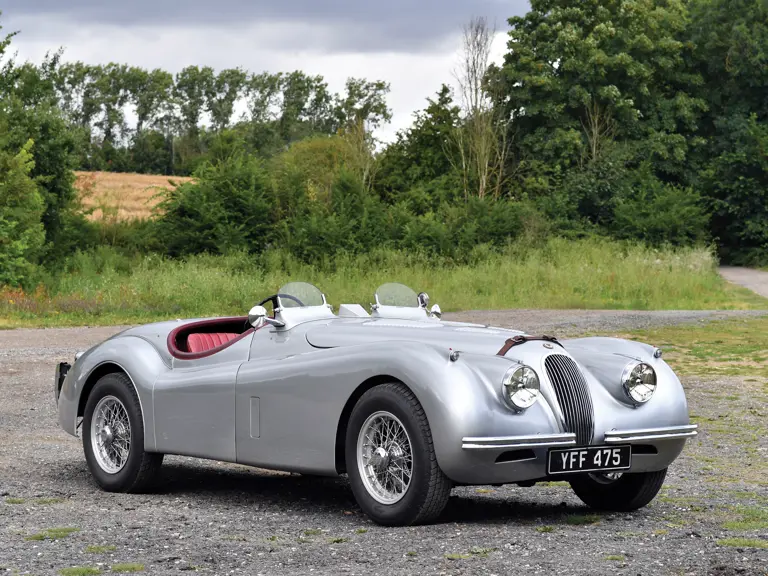
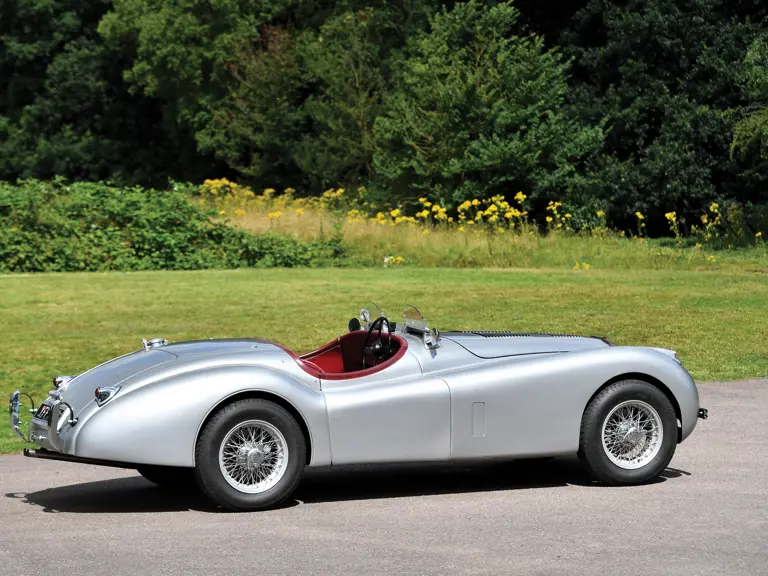
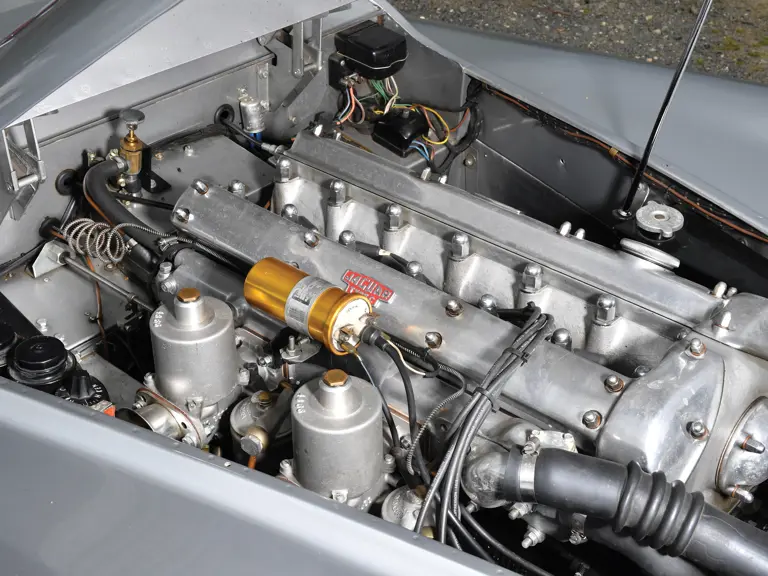
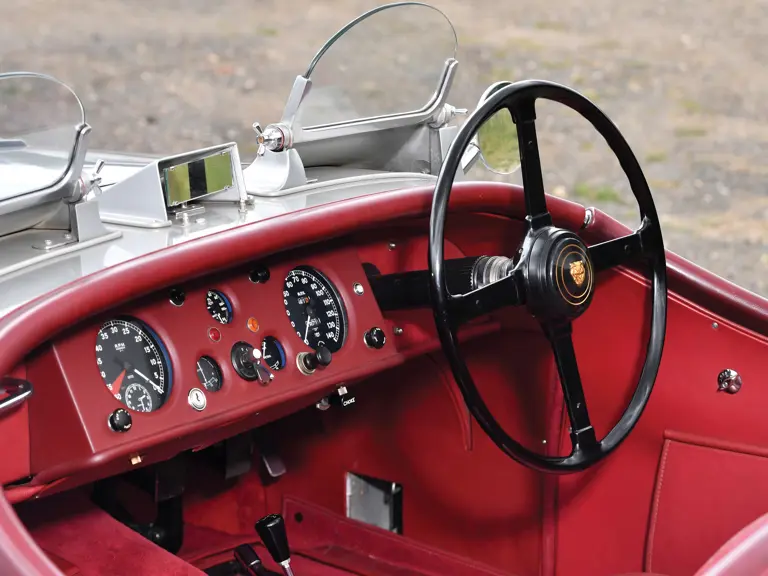
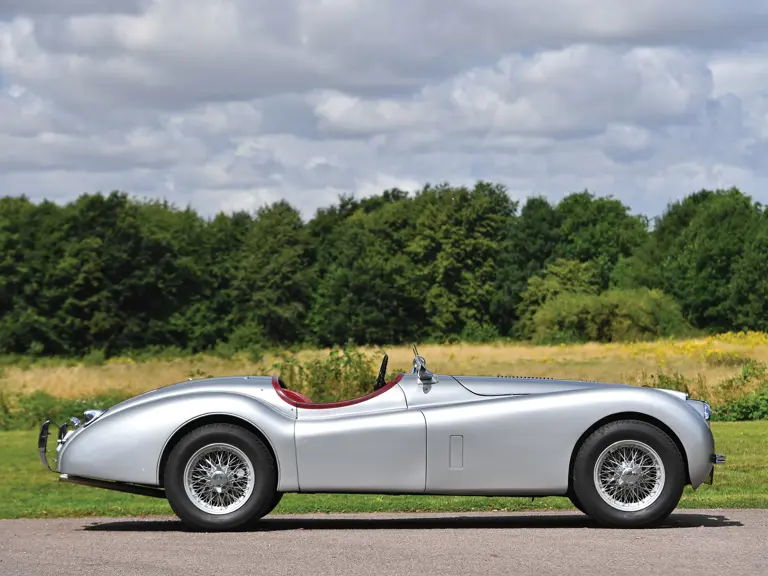
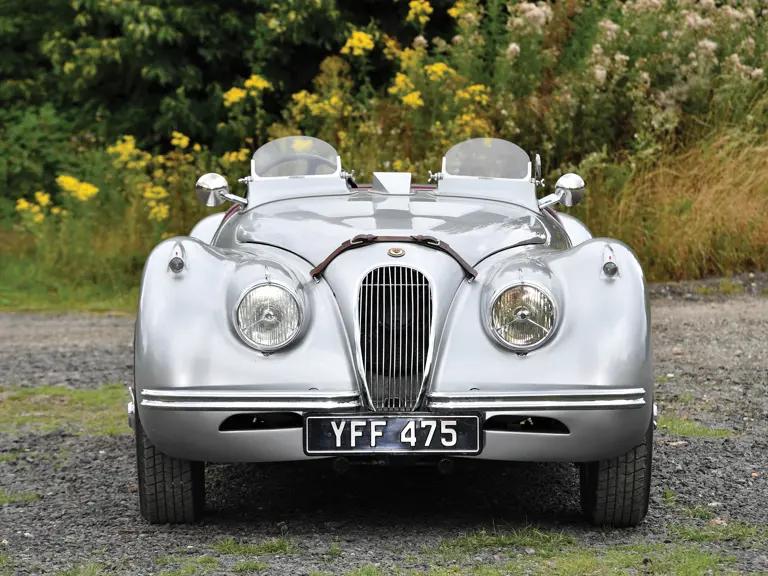
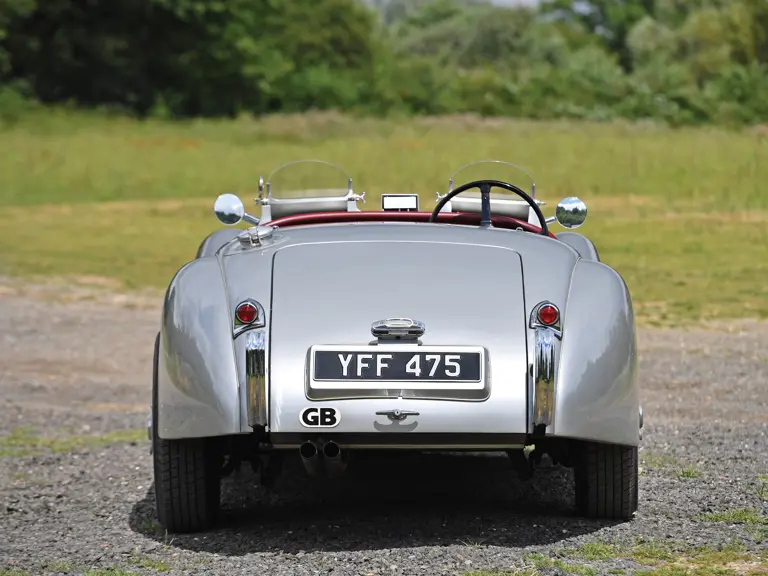
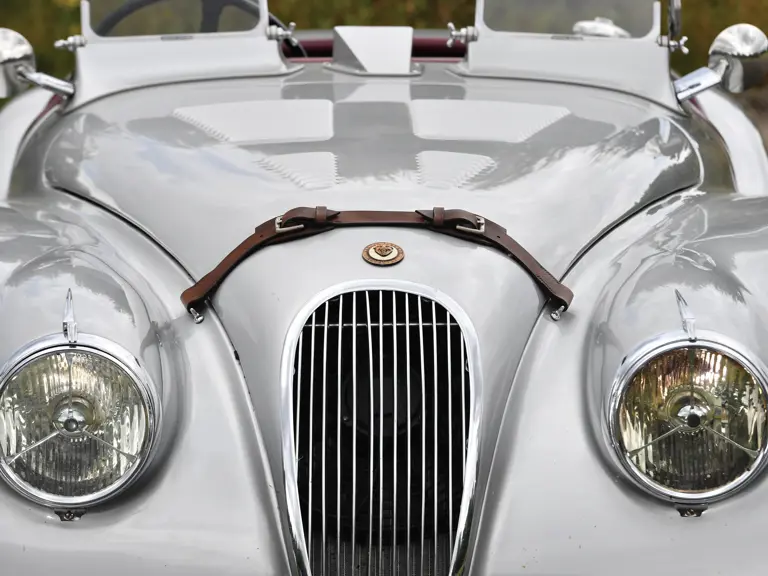

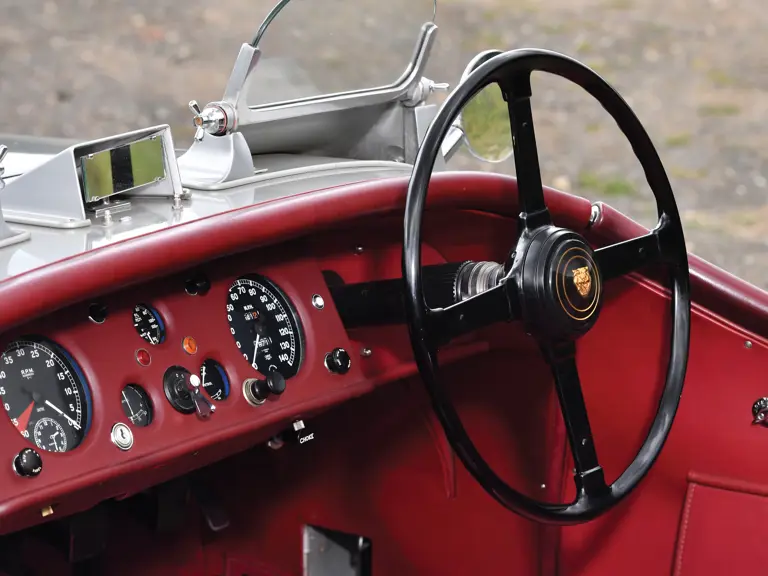
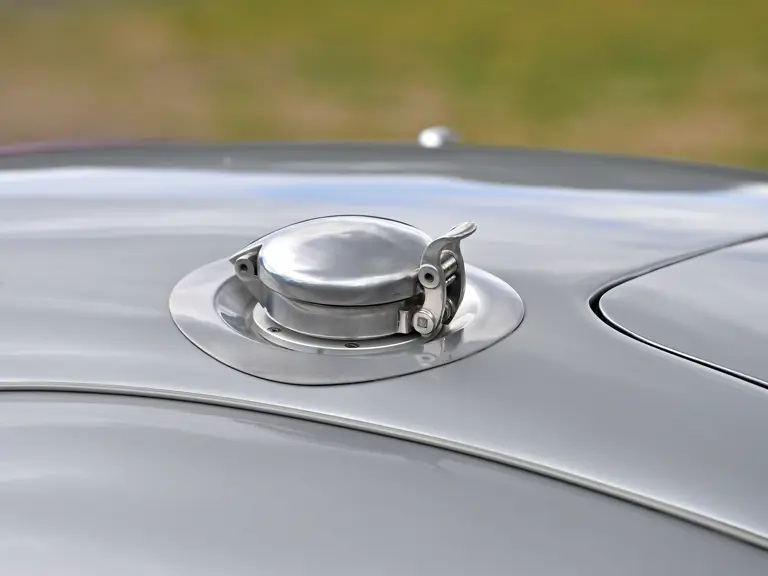

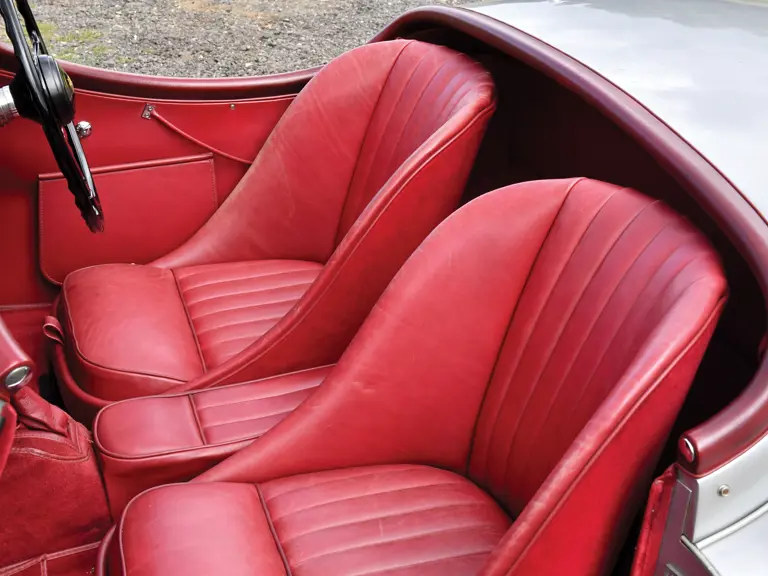
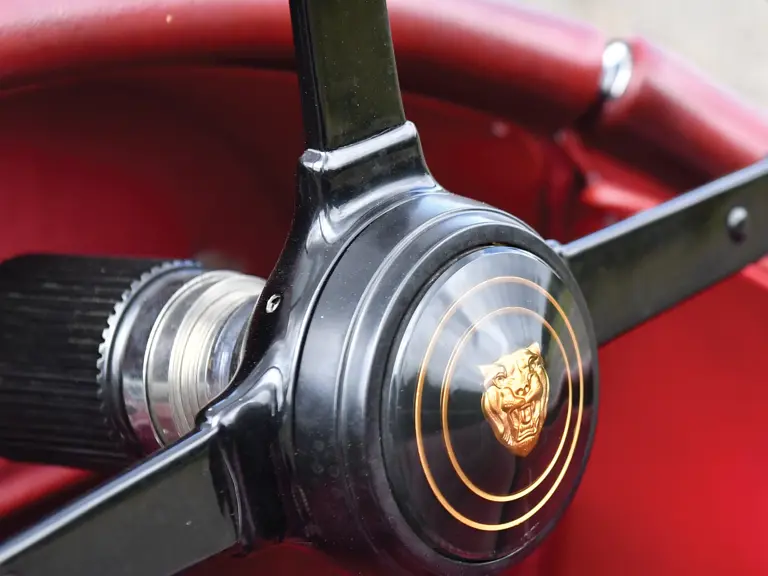
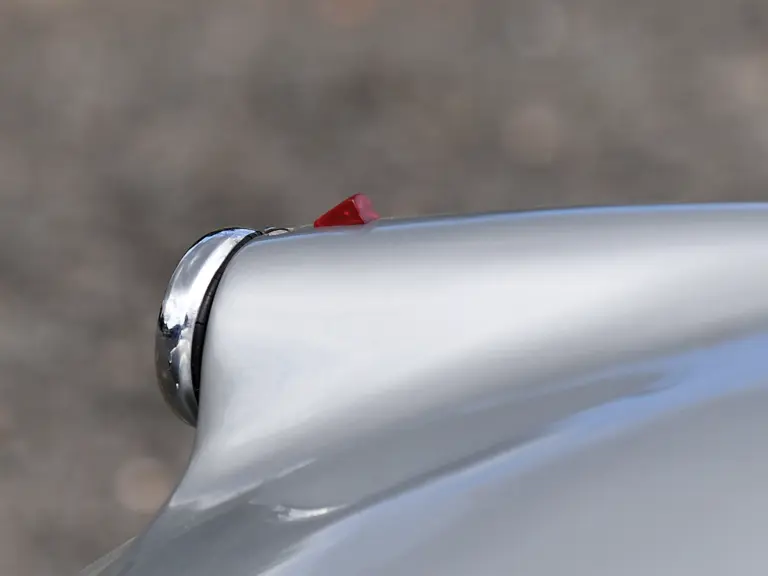

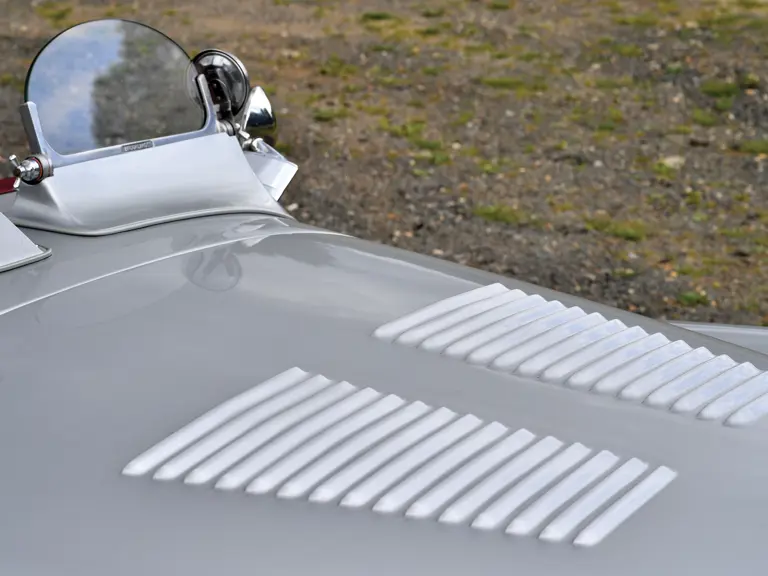
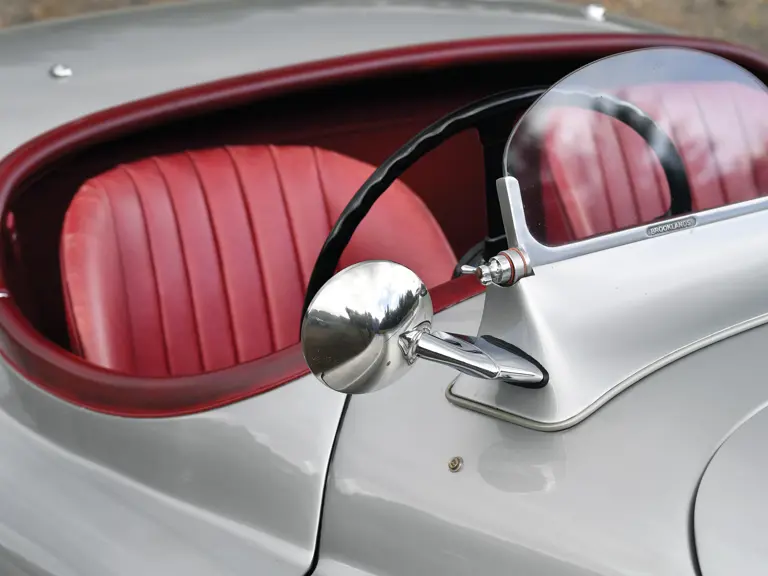
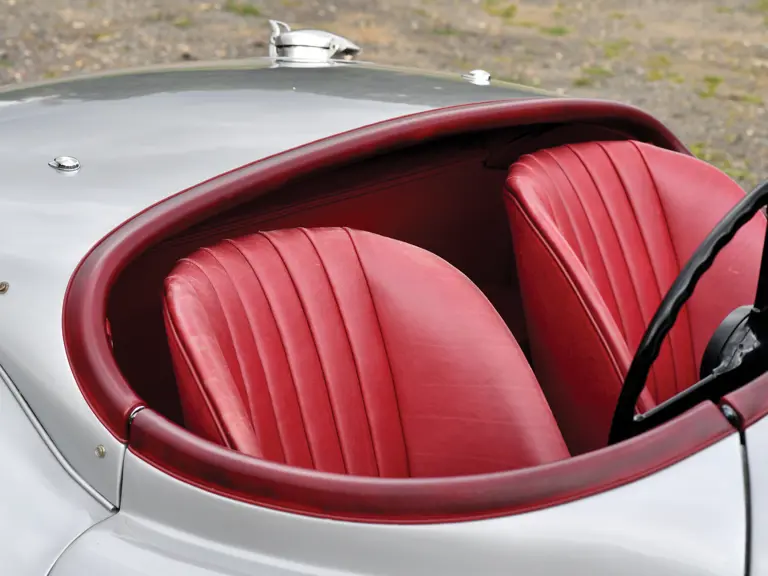
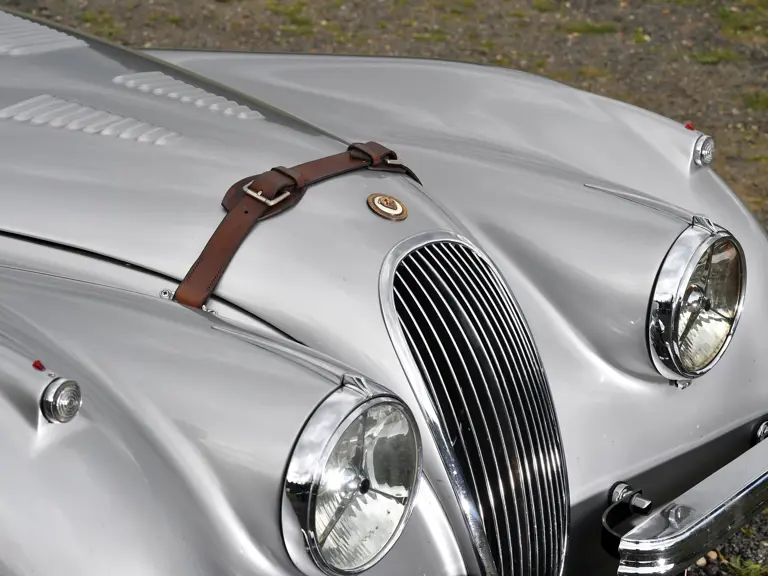
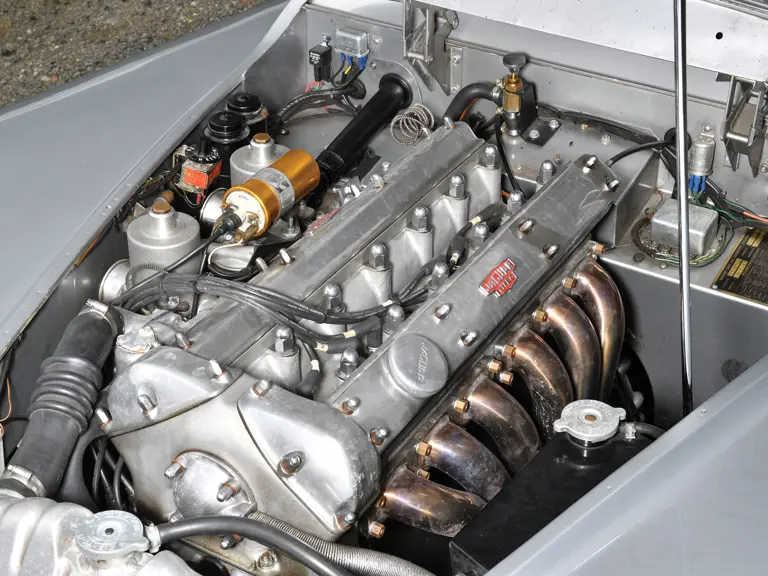
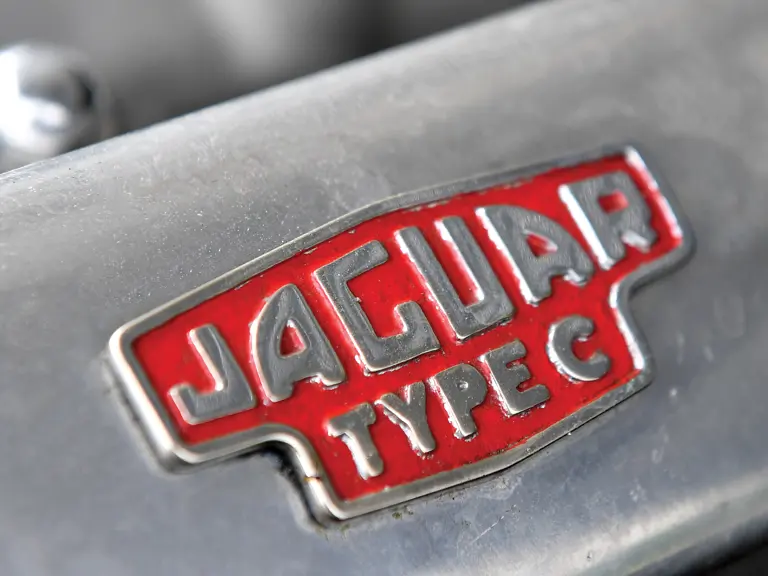
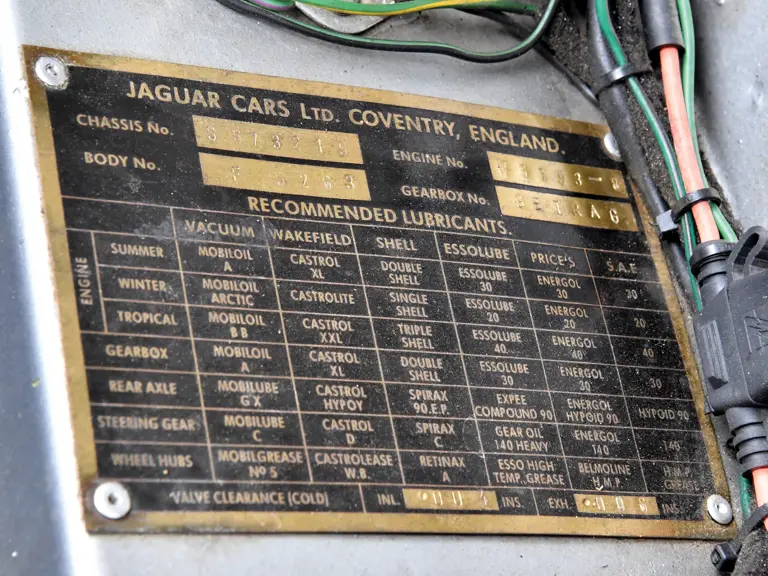
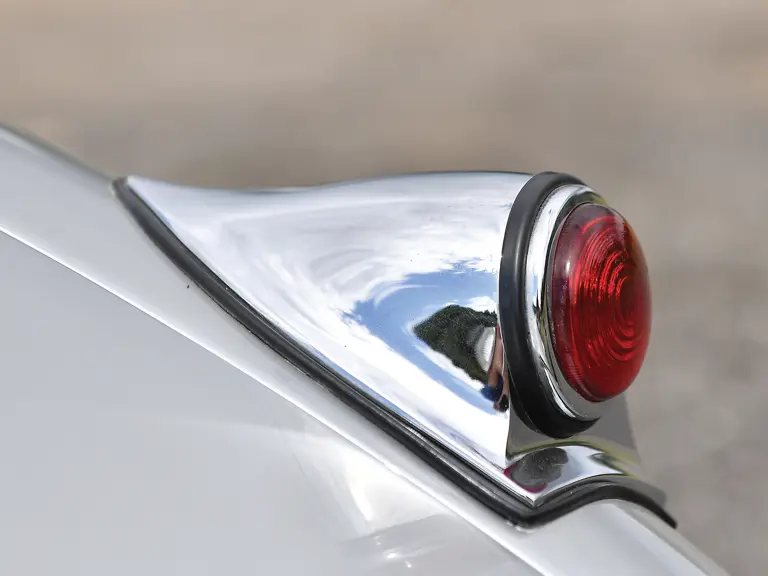
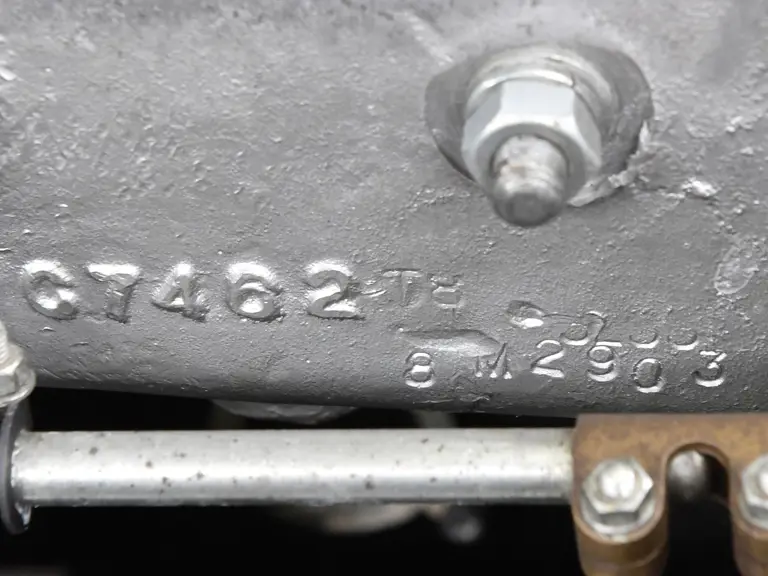
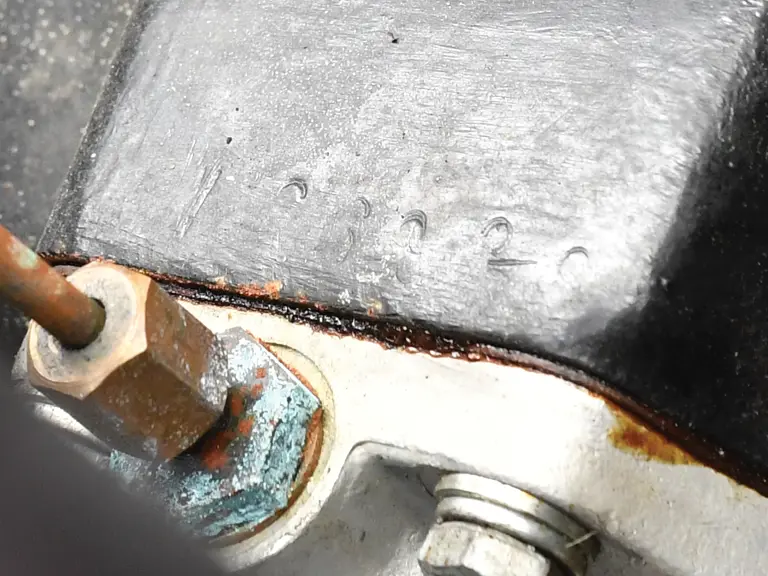
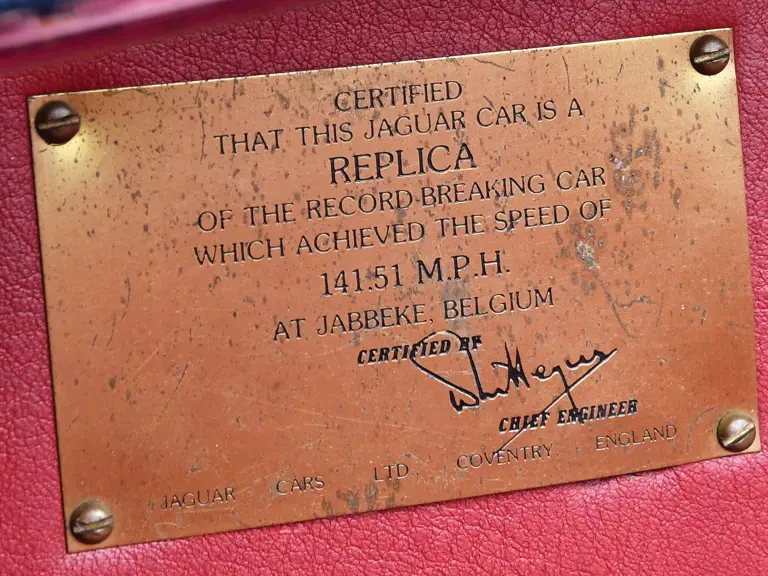



 | London, United Kingdom
| London, United Kingdom
